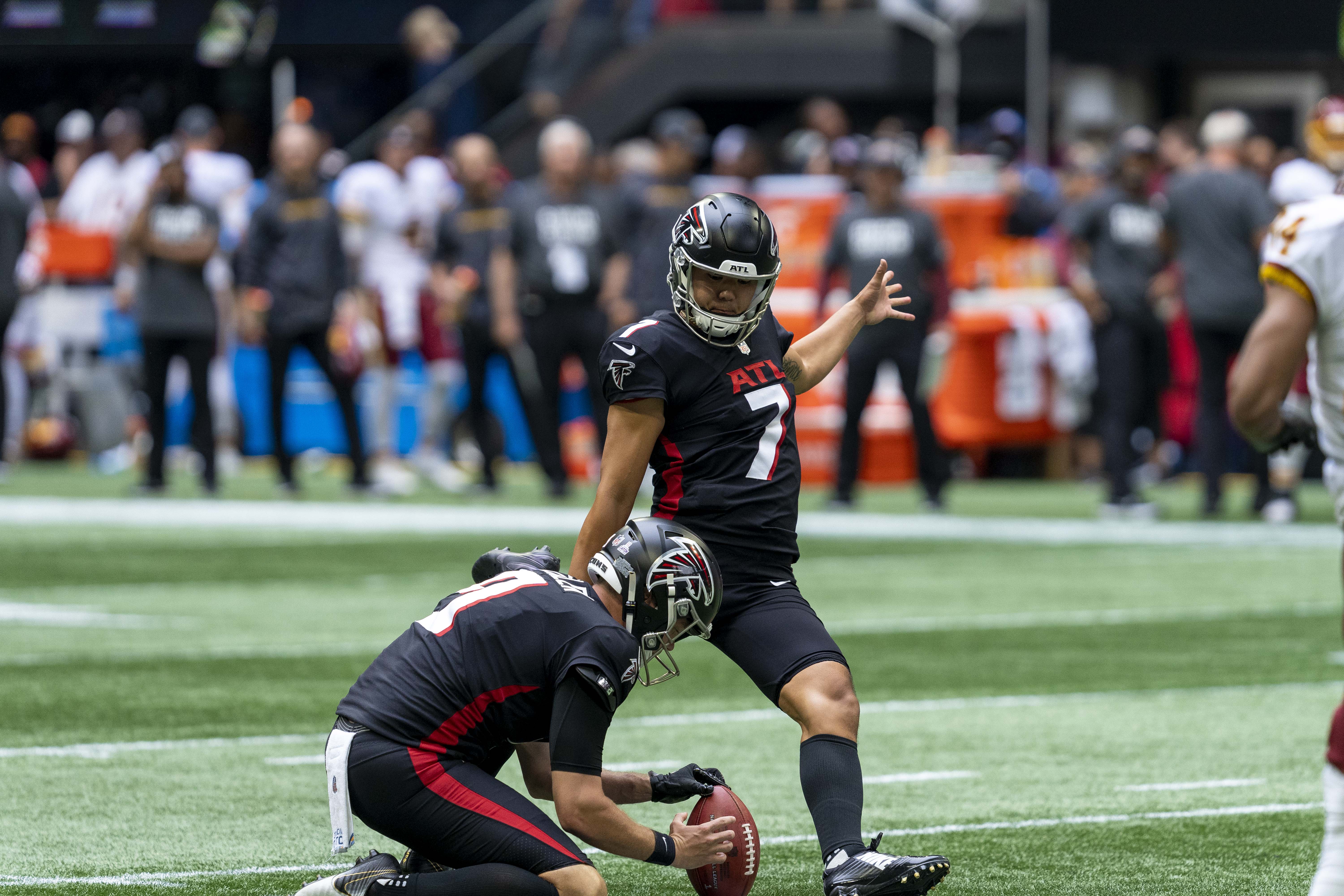|
Drop-kick
A drop kick is a type of kick in various codes of football. It involves a player dropping the ball and then kicking it as it touches the ground. Drop kicks are used as a method of restarting play and scoring points in rugby union and rugby league. Also, association football goalkeepers often return the ball to play with drop kicks. The kick was once in wide use in both Australian rules football and gridiron football, but is rarely used anymore by either sport. Rugby Drop kick technique The drop kick technique in rugby codes is usually to hold the ball with one end pointing downwards in two hands above the kicking leg. The ball is dropped onto the ground in front of the kicking foot, which makes contact at the moment or fractionally after the ball touches the ground, called the ''half-volley''. The kicking foot usually makes contact with the ball slightly on the instep. In a rugby union kick-off, or drop out, the kicker usually aims to kick the ball high but not a great di ... [...More Info...] [...Related Items...] OR: [Wikipedia] [Google] [Baidu] |
Paddy Driscoll
John Leo "Paddy" Driscoll (January 11, 1895 – June 29, 1968) was an American professional football and baseball player and football coach. A triple-threat man in football, he was regarded as the best drop kicker and one of the best overall players in the early years of the National Football League (NFL). He was inducted into the Pro Football Hall of Fame in 1965 and the College Football Hall of Fame in 1974. Driscoll played college football as a quarterback and halfback for the Northwestern football team in 1915 and 1916. In 1917, he played Major League Baseball as an infielder for the Chicago Cubs. He joined the United States Navy during World War I and played for the undefeated 1918 Great Lakes Navy football team that won the 1919 Rose Bowl. Driscoll played professional football as a quarterback and halfback for the Hammond All-Stars (1917), Hammond Pros (1919), Racine/Chicago Cardinals (1920–1925), and Chicago Bears (1926–1929). He was the NFL's first All-Pro quarte ... [...More Info...] [...Related Items...] OR: [Wikipedia] [Google] [Baidu] |
Frank Hudson (American Football)
Frank Hudson (1875 – December 24, 1950) was a football player and coach who was a member of the Laguna Pueblo tribe from New Mexico. He played college football for the Carlisle Indian Industrial School from 1895 to 1899 and was considered the greatest kicker in the early years of American football. In 1898, he became the first Native American player of the sport to be selected as an All-American. He was selected as a first-team All-American by ''Outing'' magazine in both 1898 and 1899. From 1904 to 1906, he served as an assistant coach of the Carlisle football team, becoming one of the first non-white coaches in college football history. Early years Hudson was born around 1875 in Paguate, New Mexico. His date of birth was unknown. He was a member of the Laguna Pueblo tribe. Carlisle Football player Hudson left his home and tribe in New Mexico to attend the Carlisle Indian Industrial School, an Indian boarding school in Carlisle, Pennsylvania, formed for the purpose o ... [...More Info...] [...Related Items...] OR: [Wikipedia] [Google] [Baidu] |
Glossary Of Rugby League Terms
This list of rugby league terms is a general glossary of the terminology used in the sport of rugby league football. The sport has accrued a considerable amount of jargon to describe aspects of the game. Many terms originate from the Laws of the Game. A number of aspects of the game have more than one term that refers to them. Different terms have become popularly used to describe an aspect of the game in different places with notable differences between the northern and southern hemispheres. Where words in a sentence are also defined elsewhere in this article, they appear in italics. 0–9 : Every time a player is tackled, all defenders, apart from a maximum of two markers, have to retreat 10 metres from the play-the-ball area. : A player selected as a back-up to the official 17 man squad for a game. The 18th man usually warms up with the team prior to a match and may be called into the team if one of the 17 players is injured or ill prior to the start of the match. The ter ... [...More Info...] [...Related Items...] OR: [Wikipedia] [Google] [Baidu] |
Field Goal Range
Field goal range is the part of the field in American football where there is a good chance that a field goal attempt will be successful. A field goal is normally 17 yards (7 yards in Canadian football) longer than the distance of the line of scrimmage to the goal line, as it includes the end zone (10 yards) and 7 yards to where the holder places the ball. In Canadian football, the goal posts are on the goal lines, in front of the end zones. Therefore, if the line of scrimmage is at the 30, the field goal would be 47 yards (in American football) or 37 yards (in Canadian football). Average field goal range The exact field goal range varies for each team, depending on the ability of the team's placekicker. While some weaker placekickers may have trouble kicking field goals longer than 30 yards (making field goals from beyond the 13 difficult), others may consistently make 50-yarders, making it practical to kick from beyond the 33. For most NFL kickers, the 35-yard line is typically ... [...More Info...] [...Related Items...] OR: [Wikipedia] [Google] [Baidu] |
Al Bloodgood
Elbert "Al" Lorraine Bloodgood (September 5, 1901 – March 26, 1947) was a professional American football player in the National Football League (NFL). He played at the University of Nebraska. He graduated from Nebraska in 1924. He played five seasons in the NFL including the 1930 Green Bay Packers title team. Early life Al Bloodgood was born in Beatrice, Nebraska and attended Beatrice High School where became a Nebraska high school track state champion for the 100-yard dash in 1920, and the 440-yard dash and 880-yard relay in 1921. He graduated from high school in 1921. College football career Bloodgood attended DePauw University and then at the University of Nebraska-Lincoln where he earned varsity letters as a quarterback in 1923 and 1924. At Nebraska, he played during the tenure of head football coach Fred Dawson and alongside Ed Weir and Verne Lewellen. Bloodgood was a Cornhusker on the 1923 team that defeated Notre Dame University and head coach Knute Rockne's "Four Hors ... [...More Info...] [...Related Items...] OR: [Wikipedia] [Google] [Baidu] |
Jim Thorpe
James Francis Thorpe ( Sac and Fox (Sauk): ''Wa-Tho-Huk'', translated as "Bright Path"; May 22 or 28, 1887March 28, 1953) was an American athlete and Olympic gold medalist. A member of the Sac and Fox Nation, Thorpe was the first Native American to win a gold medal for the United States in the Olympics. Considered one of the most versatile athletes of modern sports, he won two Olympic gold medals in the 1912 Summer Olympics (one in classic pentathlon and the other in decathlon). He also played American football (collegiate and professional), professional baseball, and basketball. He lost his Olympic titles after it was found he had been paid for playing two seasons of semi-professional baseball before competing in the Olympics, thus violating the contemporary amateurism rules. In 1983, 30 years after his death, the International Olympic Committee (IOC) restored his Olympic medals with replicas, after ruling that the decision to strip him of his medals fell outside of ... [...More Info...] [...Related Items...] OR: [Wikipedia] [Google] [Baidu] |
Extra Point
The conversion, try (American football, also known as a point(s) after touchdown, PAT, or (depending on the number of points) extra point/2-point conversion), or convert (Canadian football) occurs immediately after a touchdown during which the scoring team is allowed to attempt to score one extra point by kicking the ball through the uprights in the manner of a field goal, or two points by bringing the ball into the end zone in the manner of a touchdown. Attempts at a try or convert are scrimmage plays, with the ball initially placed at any point between the hash marks, at the option of the team making the attempt. The yard line that attempts are made from depends on the league and the type of try or convert being attempted. If the try or convert is scored by kicking the ball through the uprights, the team gets an additional one point for their touchdown, bringing their total for that score from six points to seven. If two points are needed or desired, a two-point conversion may ... [...More Info...] [...Related Items...] OR: [Wikipedia] [Google] [Baidu] |
Canadian Football
Canadian football () is a team sport, sport played in Canada in which two teams of 12 players each compete for territorial control of a field of play long and wide attempting to advance a pointed oval-shaped ball into the opposing team's scoring area (end zone). In Canada, ''football'' may refer to Canadian football and American football collectively, or to either sport specifically, depending on context. Outside of Canada, the term Canadian football is used exclusively to describe this sport, even in the United States; the term ''gridiron football'' (or, more rarely, ''North American football'') is also used worldwide as well to refer to both sports collectively. The two sports have shared origins and are closely related but have comparison of American and Canadian football, some key differences. With the probable exception of a few minor and recent changes, for which there is circumstantial evidence to suggest the existence of at least informal cross-border collaboration, ... [...More Info...] [...Related Items...] OR: [Wikipedia] [Google] [Baidu] |
Drop Goal
A drop goal, field goal, or dropped goal is a method of scoring points in rugby union and rugby league and also, rarely, in American football and Canadian football. A drop goal is scored by drop kicking the ball (dropping the ball and then kicking it as it touches the ground) over the crossbar and between the goalposts. After the kick, the ball must not touch the ground before it goes over and through, although it may touch the crossbar or posts. A drop goal in rugby union is worth three points, and in rugby league a drop goal is usually worth one point (see below). If the drop goal attempt is successful, play stops and the non-scoring team (the scoring team in rugby union sevens) restarts play with a kick from halfway. If the kick is unsuccessful, play continues and the offside rules for a kick apply. Defenders may tackle the kicker while he is in possession of the ball, or attempt to charge down or block the kick. Rugby union World Rugby, the international governing body of r ... [...More Info...] [...Related Items...] OR: [Wikipedia] [Google] [Baidu] |
Field Goal (football)
A field goal (FG) is a means of scoring in gridiron football. To score a field goal, the team in possession of the ball must place kick, or drop kick, the ball through the goal, i.e., between the uprights and over the crossbar. The entire ball must pass through the vertical plane of the goal, which is the area above the crossbar and between the uprights or, if above the uprights, between their outside edges. American football requires that a field goal must only come during a play from scrimmage (except in the case of a fair catch kick) while Canadian football retains open field kicks and thus field goals may be scored at any time from anywhere on the field and by any player. The vast majority of field goals, in both codes, are place kicked. Drop kicked field goals were common in the early days of gridiron football but are almost never done in modern times. In most leagues, a successful field goal awards three points (a notable exception is six-man football in which, due to t ... [...More Info...] [...Related Items...] OR: [Wikipedia] [Google] [Baidu] |
Pat O'Dea
Patrick John "Kangaroo Kicker" O'Dea (17 March 1872 – 5 April 1962) was an Australian rules and American football player and coach. An Australian by birth, O'Dea played Australian rules football for the Melbourne Football Club in the Victorian Football Association (VFA). In 1898 and 1899, O'Dea played American football at the University of Wisconsin–Madison in the United States, where he excelled in the kicking game. He then served as the head football coach at the University of Notre Dame from 1900 to 1901 and at the University of Missouri in 1902, compiling a career college football record of 19–7–2. Following his Australian Rules and American Football careers, O'Dea deliberately disappeared from the public eye, however he helped popularise Australian rules football in the United States as a participation sport while working in San Francisco by training schoolchildren in the kicking game. O'Dea was inducted into the College Football Hall of Fame as a player in 1962. ... [...More Info...] [...Related Items...] OR: [Wikipedia] [Google] [Baidu] |
Newspapers
A newspaper is a periodical publication containing written information about current events and is often typed in black ink with a white or gray background. Newspapers can cover a wide variety of fields such as politics, business, sports and art, and often include materials such as opinion columns, weather forecasts, reviews of local services, obituaries, birth notices, crosswords, editorial cartoons, comic strips, and advice columns. Most newspapers are businesses, and they pay their expenses with a mixture of subscription revenue, newsstand sales, and advertising revenue. The journalism organizations that publish newspapers are themselves often metonymically called newspapers. Newspapers have traditionally been published in print (usually on cheap, low-grade paper called newsprint). However, today most newspapers are also published on websites as online newspapers, and some have even abandoned their print versions entirely. Newspapers developed in the 17th ... [...More Info...] [...Related Items...] OR: [Wikipedia] [Google] [Baidu] |

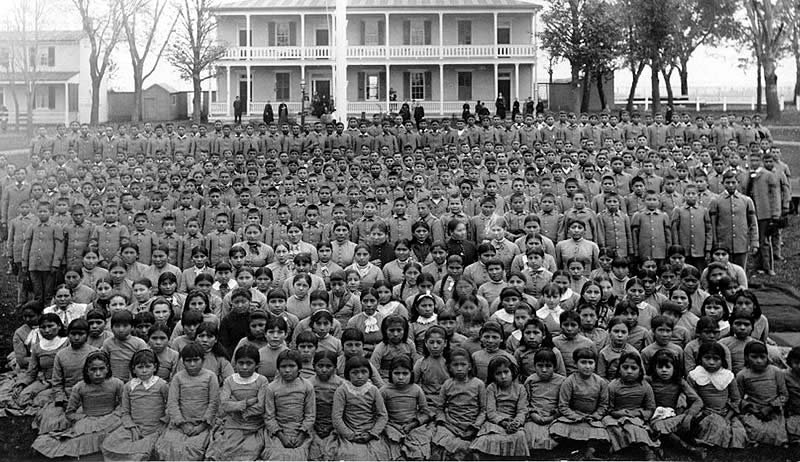
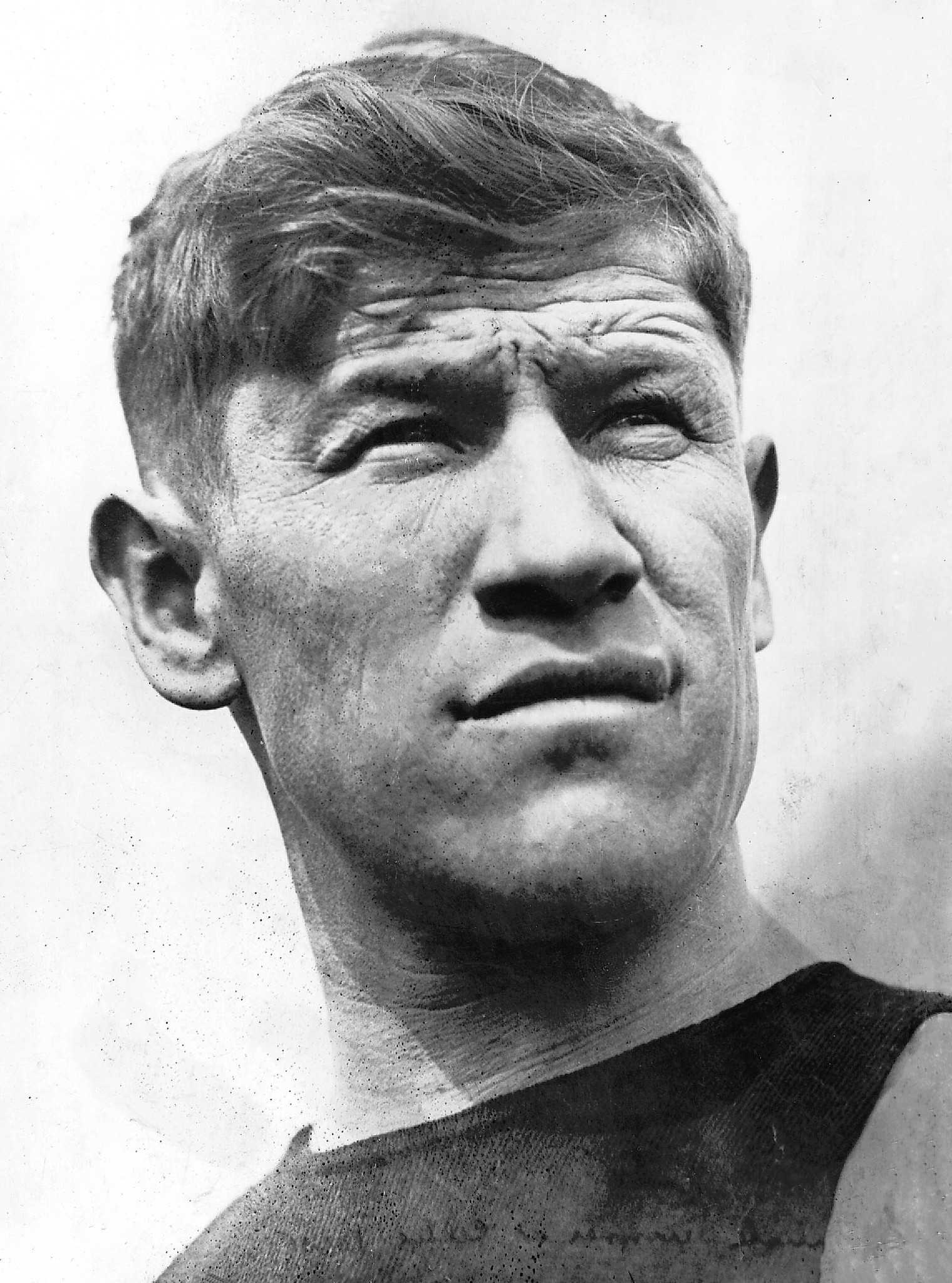
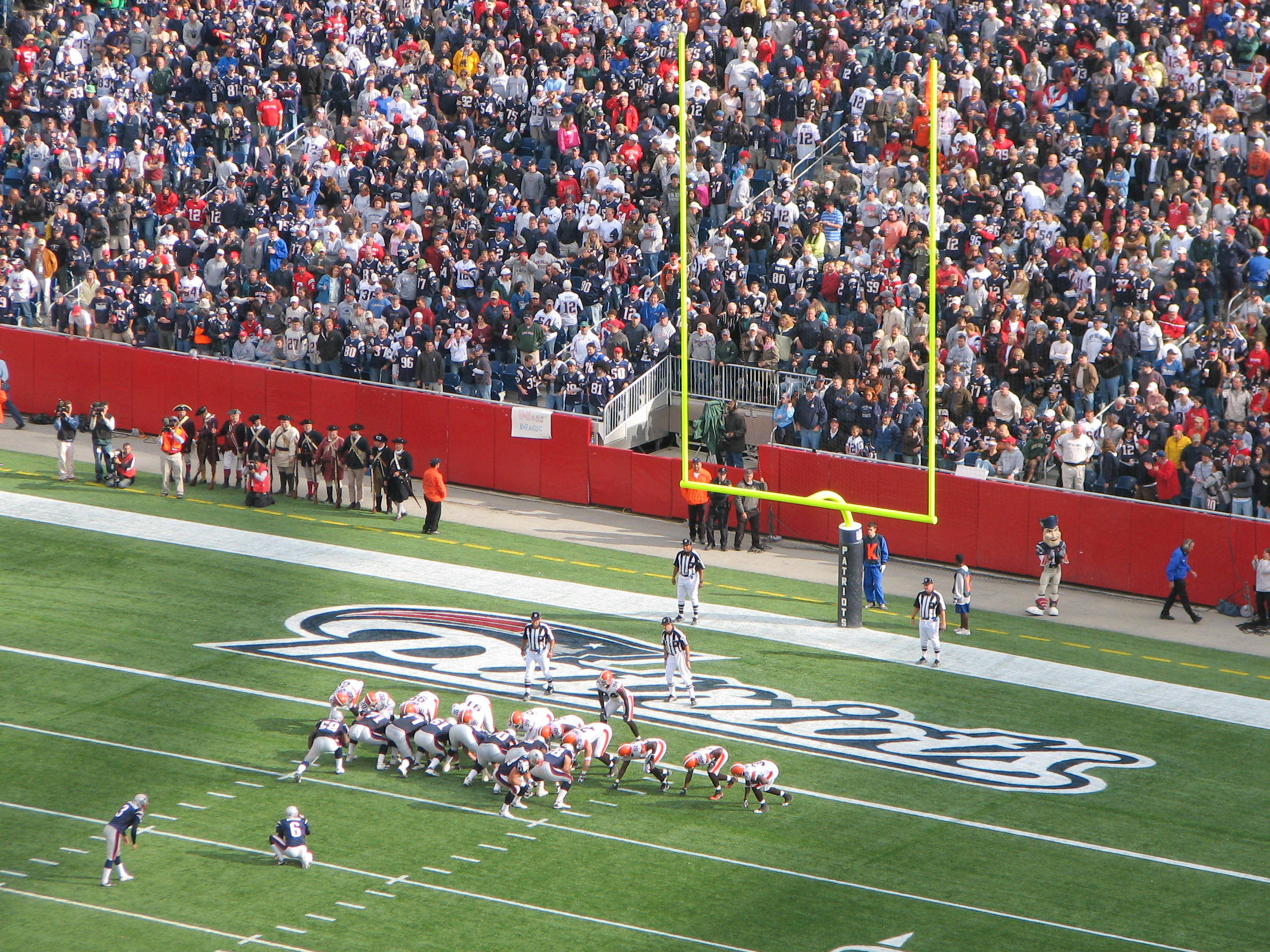
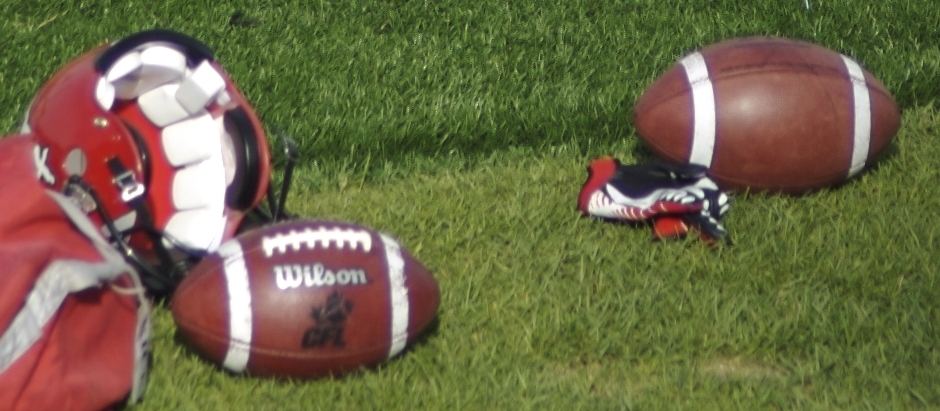
.jpg)
